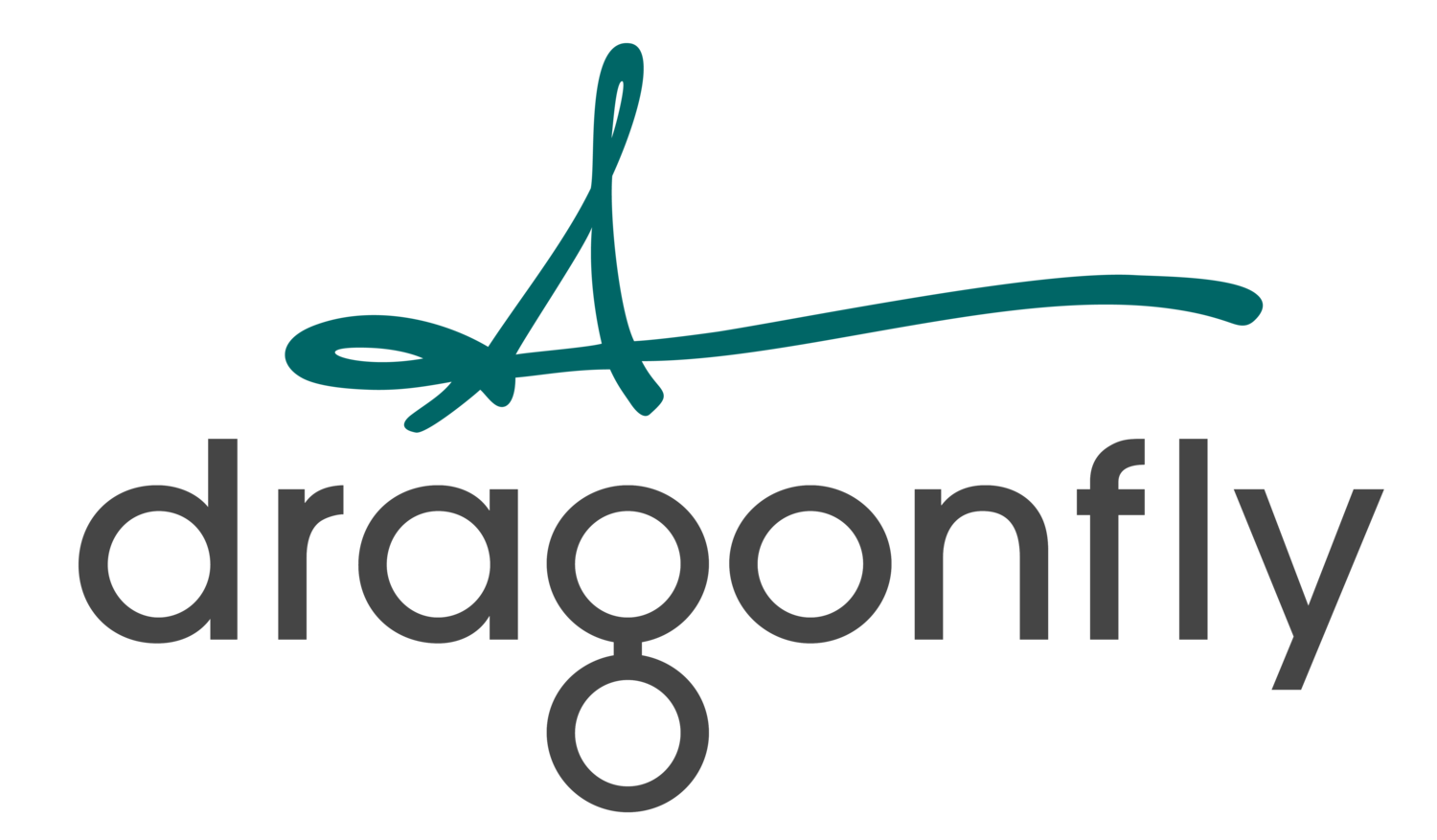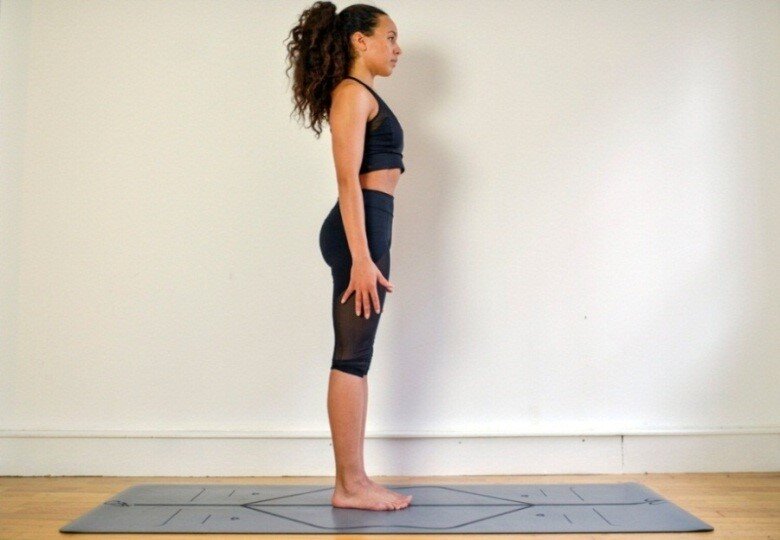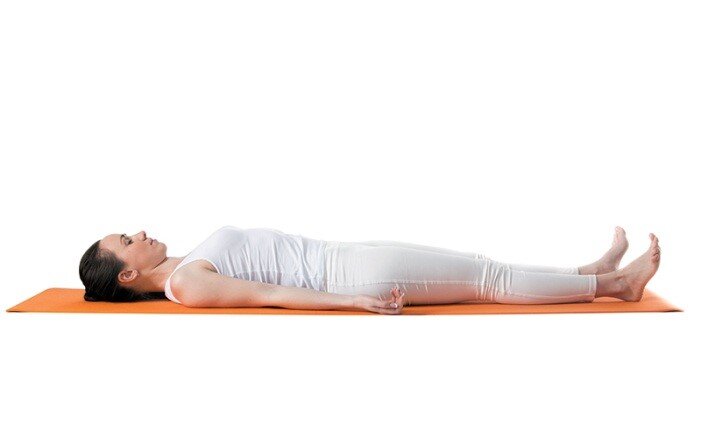In the fast-paced and uncertain world of modern society, stress and anxiety can often rise to debilitating levels. Chronic and unmanaged stress can impact our quality of life, and is responsible for an increase in health issues and disorders that span the globe. With the rise of COVID-19 that has only exacerbated matters. Negative emotions are not only traumatic but they also affect our immune system. Managing these emotions can be draining but is certainly doable.
Yoga as a treatment for the mind and body:
If anxiety increases it can start to interfere with your everyday activities and general well-being and can bring on anxiety disorders such as –GAD ( generalised anxiety disorder,) which keeps you in a state of exaggerated worry and the inability to relax. However a lot of the symptoms related to anxiety are physical, such as muscle tension, sweating and insomnia which is caused by the “fight” or “fight stress” response which prepares the body as if there is a real threat on the horizon.
Conventional medical treatments don’t always address the underlying causes of anxiety. Given that anxiety also appears in physical symptoms, it stands to reason that if an anxiety treatment is to be successful it should treat both the mind and body. This is where yoga comes in, it can provide you the strengthening tools which are needed for emotional regulation.
Feelings of anxiety can quickly become overwhelming, this leads to automatic reactivity with no interval for a response. By practicing yoga the patterns responsible for this reactivity behaviour can be broken through, the meditation component of yoga works on improving self-regulation and the attention networks in your brain. The physical component of yoga works on tackling the anxiety symptoms in the body, whilst also having an impact on the mind-body connection.
Overall having a degree of control over our emotional state and how we respond to stressful events is key to both our mental and physical well-being. The mind-body practice of yoga make it a powerful tool to have to help you become in a state of piece within you and your environment.
Scientific Community Evidence:
Yoga’s positive impact on the world of anxiety and anxiety disorders has been supported by a growing body of research. Recently published studies have concluded that yoga can be a safe and effective intervention for those individuals who have an anxiety disorder or elevated levels of anxiety, this is a welcome development especially in the light of the fact that anxiety disorders are on the increase in younger people.
Start practicing at home:
Whilst the research is continuing to make a case to the medical establishment for yoga to be seen as a treatment strategy, there is nothing stopping you from beginning the practice yourself. No specialist equipment is required –though a yoga mat is useful- from starting the practice in your living room. The best way to start this practice is to join one of Dragonfly Yoga’s upcoming classes, click here to view the timetable for available classes, and start to awaken your potential today!











